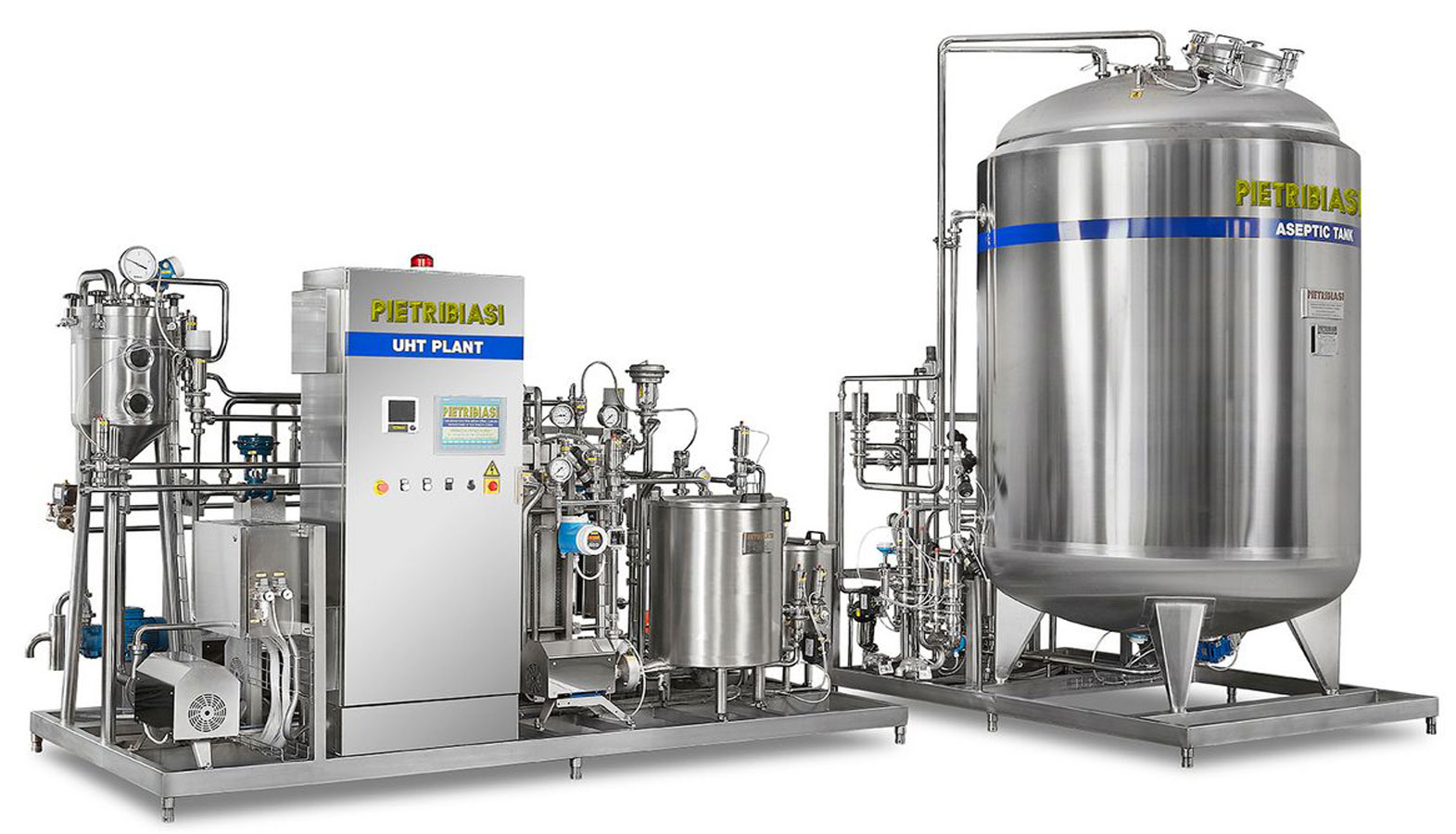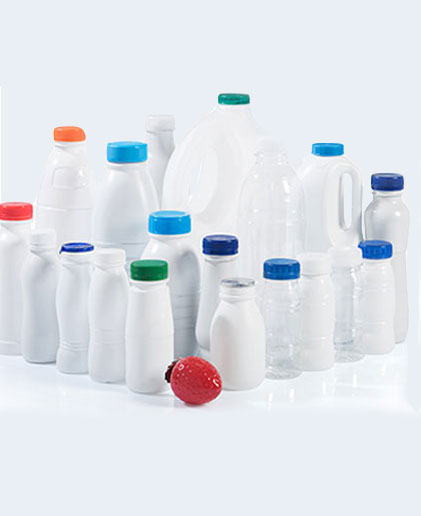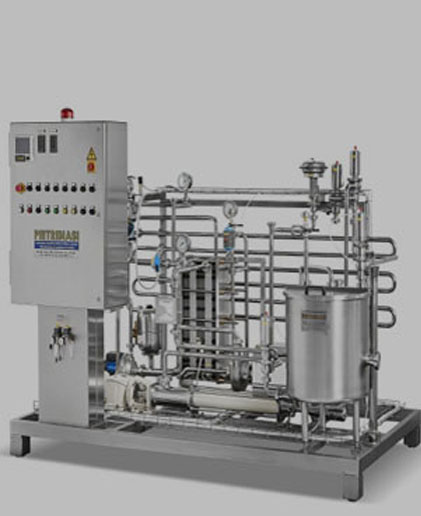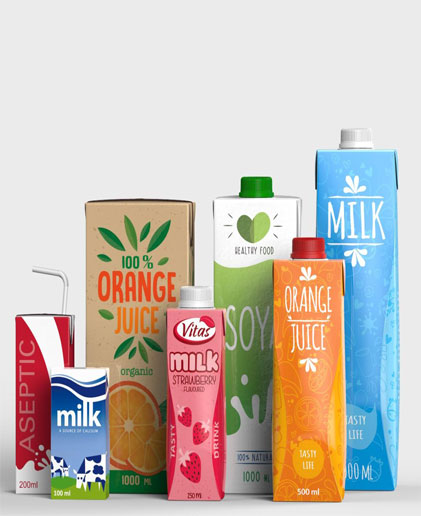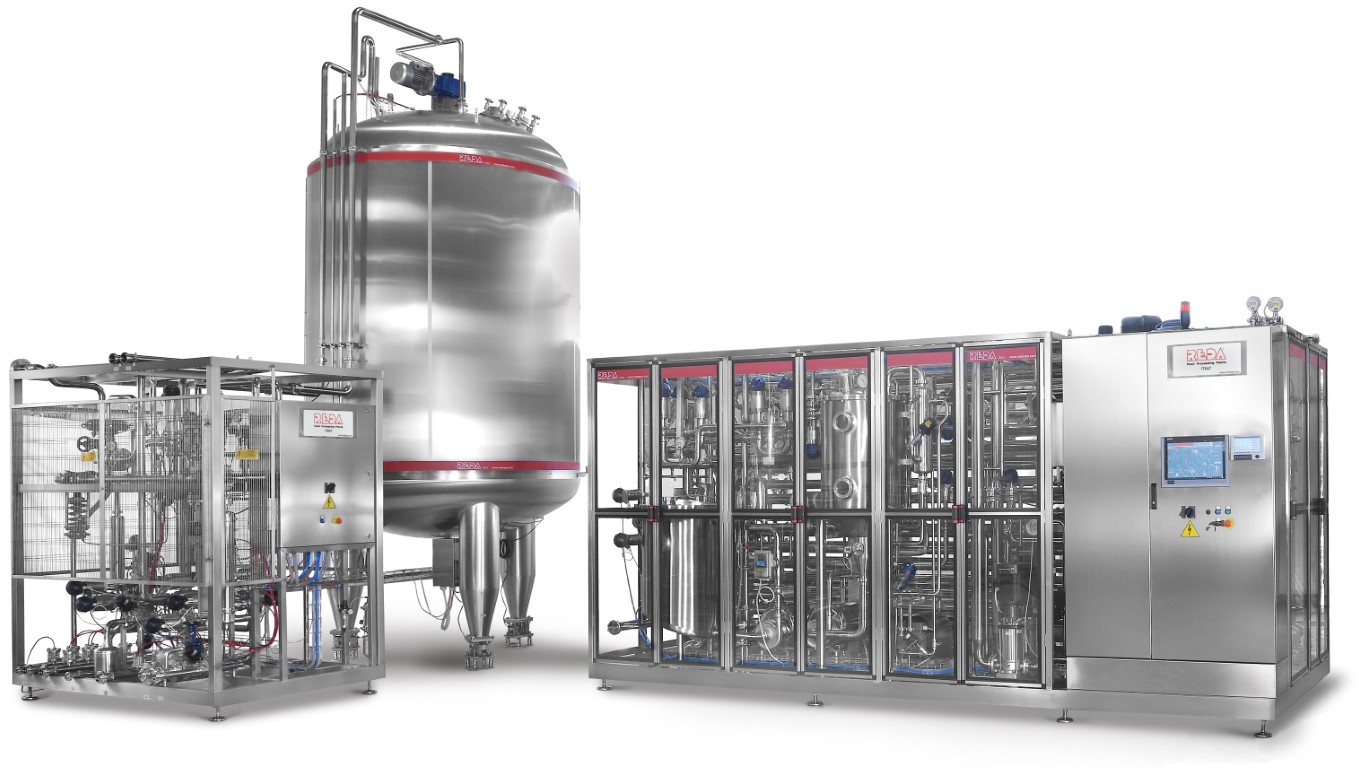

Line Improvement
In the highly competitive industries of food, dairy, beverages, alcohol, and bakery, the efficiency of production lines is crucial for maintaining quality, reducing costs, and maximizing profitability. Line improvement plays a vital role in ensuring that manufacturing processes run smoothly, ensuring products meet industry standards while keeping up with growing consumer demand. Here, we explore how line improvements can revolutionize operations in these sectors, enhancing both productivity and quality.
Line improvement refers to the process of enhancing the operational efficiency and effectiveness of production lines. This includes optimizing workflow, upgrading equipment, reducing downtime, and improving quality control systems. By refining processes, companies in the food, dairy, beverages, alcohol, and bakery industries can significantly enhance their productivity and consistency, delivering higher-quality products to market faster.
- Optimizing Workflow : Streamlining production lines by eliminating bottlenecks and inefficiencies ensures smoother operations. By analyzing each step in the process, companies can identify areas where time and resources are wasted. Optimizing workflows can reduce production time, lower labor costs, and improve overall productivity.
- Automation and Technology Integration : Integrating automation and smart technology into production lines enhances precision and reduces human error. In the food, dairy, beverages, and bakery industries, automation can take over repetitive tasks such as filling, packaging, and labeling, freeing up human resources for more critical functions.
- Equipment Upgrades and Maintenance : Regularly upgrading machinery and equipment ensures that production lines run at optimal capacity. In sectors like dairy and beverages, where maintaining consistent quality is key, investing in advanced equipment can improve output while ensuring that machinery operates efficiently and reduces the likelihood of breakdowns.
- Quality Control Systems : Implementing robust quality control systems throughout the production line ensures that products meet safety standards and quality expectations. Using sensors, cameras, and real-time monitoring tools allows manufacturers to spot defects early and make adjustments before the products reach the market.
- Sustainability and Waste Reduction Line improvements are not just about increasing output—they’re also about reducing waste. By improving the efficiency of resource usage, such as raw materials, packaging, and energy, companies can reduce environmental impact while improving cost-effectiveness. Sustainable practices are increasingly important for consumer-facing brands.
- Employee Training and Development A crucial element of any line improvement is ensuring that employees are properly trained on new processes and technologies. Continuous training programs can equip staff with the knowledge to operate new machinery, adhere to quality standards, and work efficiently, leading to greater operational success.
- Data-Driven Decision Making : Using data analytics to monitor and analyze production line performance is a game-changer. By collecting real-time data, managers can make informed decisions about optimizing processes, reducing waste, and identifying inefficiencies. Data-driven insights help streamline operations, leading to smarter, faster, and more effective line improvements.
The Ratio Pendant Lamp featurees a wide lampshade, referring the bold and elegant shape classic metal penwdants. The lamp to features a spun steel shade with.
- Increased Productivity: Streamlined production lines lead to faster output, meeting consumer demand while keeping costs in check.
- Enhanced Product Quality: Continuous improvements in quality control ensure that products are consistently high in quality, which is vital for customer satisfaction.
- Reduced Downtime: By upgrading equipment and using predictive maintenance, companies can minimize unplanned downtime, ensuring smooth operations
- Cost Savings: Efficiency improvements reduce material waste, energy consumption, and labor costs, leading to significant savings.
- Better Compliance: Line improvements help manufacturers adhere to industry regulations and safety standards, ensuring product safety and minimizing liability risks.

